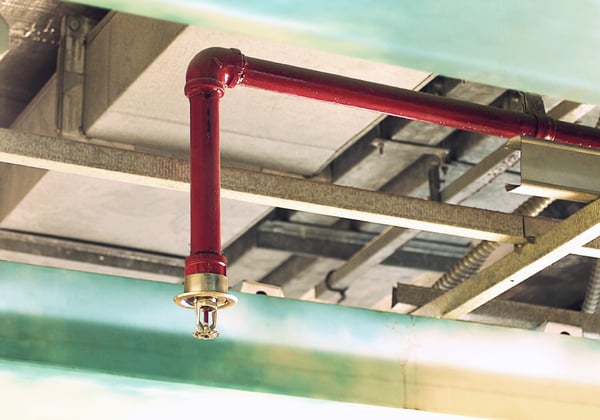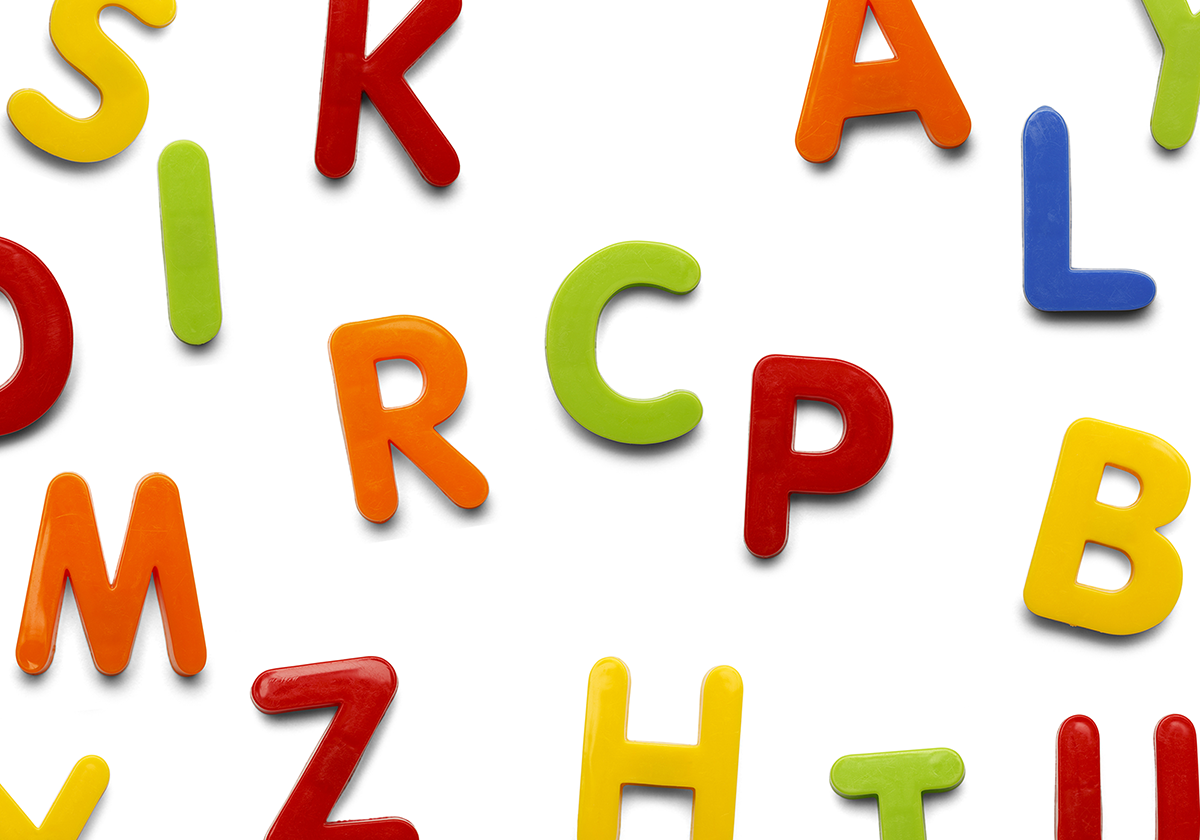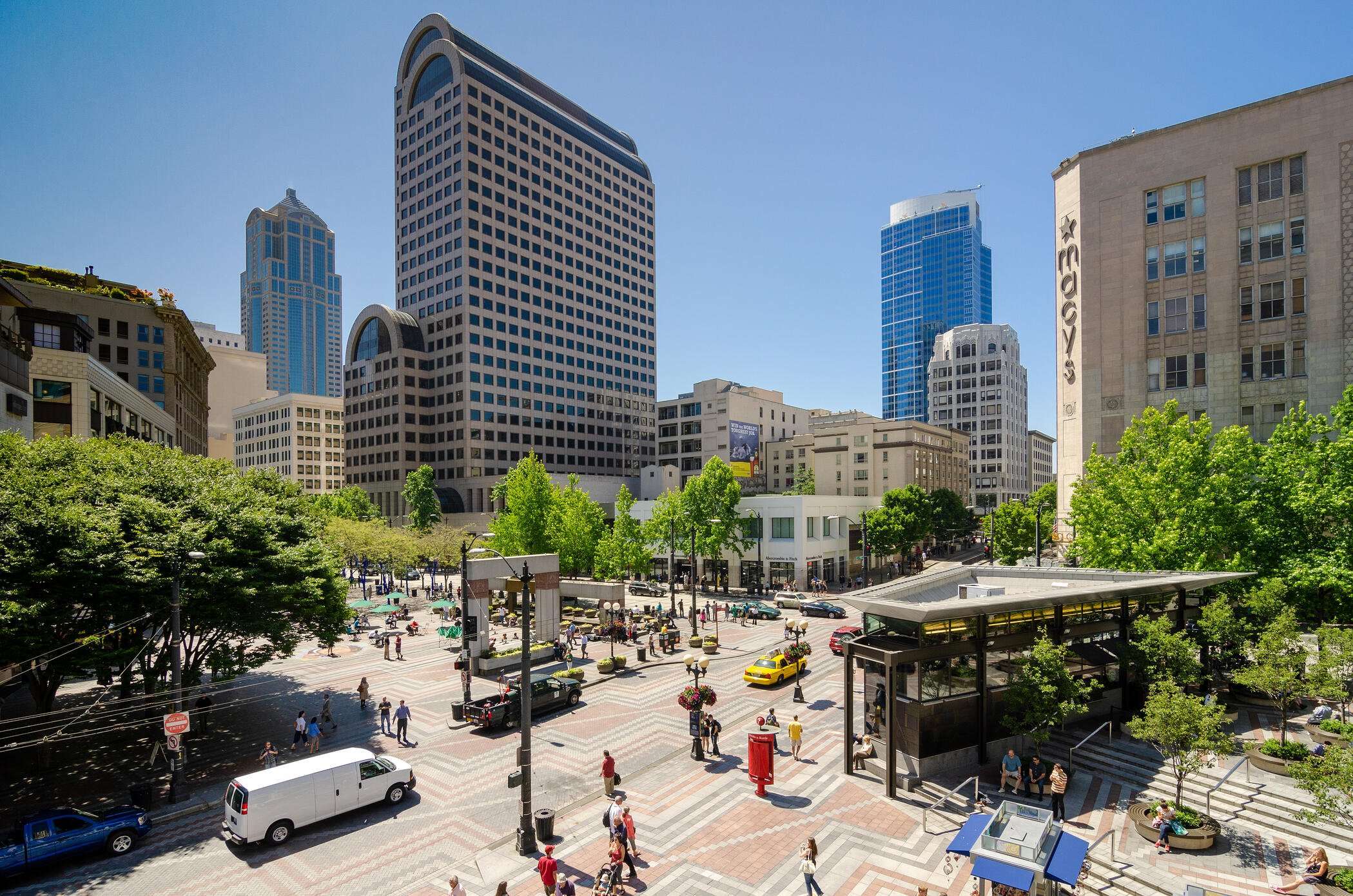Loss costs and commercial property reports help you make informed property underwriting decisions, but they might also raise a few questions. To help you get the most value possible from WSRB Loss Costs, we’re devoting today’s post to answering your questions.
How, and how often, do WSRB Loss Costs get updated for all properties?
We review WSRB Loss Costs every year, but we don’t necessarily update them every year.
For the review, we look at a statistically significant sample of fire losses in Washington state, first as a whole and then broken down into each rating group. A rating group is a category of business that might occupy a property you’re underwriting. A few examples of rating groups include: chemical manufacturing, churches, storage, hotels and motels, hospitals and nursing homes and restaurants and bars.
By looking at overall losses and rating-group specific losses, we can analyze trends more precisely. We might see that, as a whole, fire losses have decreased in recent years, but within some rating groups, losses have increased. Or, the reverse could be true: overall fire losses may have risen, but within certain rating groups, losses declined. Accurately assessing these trends helps us provide you with more useful data.
Next, we make projections about factors that will affect repair and rebuilding costs, including the general inflation rate and construction costs.
Every three to four years, we take all this data and update WSRB Loss Costs. We’ve found this schedule provides you, the underwriter, with accurate, valuable data without introducing too much variation into your decisions. We do sometimes update our loss costs more frequently, though. For example, we may see a significant data trend two years in a row that warrants an update.
 When updating WSRB Loss Costs for all properties, we look at data on actual losses
When updating WSRB Loss Costs for all properties, we look at data on actual losses
and make projections about factors affecting rebuilding and repair costs.
Related:
Loss Costs: What They Are and How They Make Your Job Easier
How often do WSRB Loss Costs get updated for individual properties?
We update WSRB Loss Costs for individual properties in three instances:
- We receive a request to inspect the property. There's no charge to request an inspection, so if you need an updated WSRB Loss Cost, request one.
- The protection class (PC) for the community where the property is located changes.
- We complete an overall update for all WSRB Loss Costs, as described above.
Why is the WSRB Loss Cost higher or lower than I expected for a particular building?
Updates aren’t the only reason you’ll see a WSRB Loss Cost change over time or you’ll see a different loss cost than you expect.
Here are a few of the most common reasons.
Tentative loss costs
Sometimes, you need to use a tentative loss cost to quote a policy, and when the actual WSRB Loss Cost is published after our inspection, it’s quite different from the tentative one. Usually, the difference relates to fire hydrant placement. The tentative loss cost uses the community’s PC, but the WSRB Loss Cost looks at the PC for the individual property, which accounts for the proximity of standard fire hydrants. If there’s not a hydrant near the building, the PC for the individual property could be higher than the community’s PC, which would increase the loss cost.
Unexpected tenants
WSRB Loss Costs are based on the whole building, not any one part. Say you’re underwriting a strip mall that the application indicates contains a cosmetics shop, salon, bookstore and art supply shop. During our visit, the WSRB commercial property analyst discovers there’s also a restaurant. Restaurants create greater fire risk than any of the other businesses in the strip mall and raise the building’s loss cost.
Problems with risk-reduction equipment
Some businesses, including restaurants, woodworking shops and auto body shops, can reduce their risk of fire with the right equipment, such as dust collection systems and hooded vents. However, that equipment must be properly installed and regularly maintained in order to work effectively and provide the expected risk-reduction benefits. During our inspection, our commercial property analysts check these systems and may find they aren’t installed, maintained or working well. In some cases, the system might not be present at all.
Over time, maintenance practices may change. For example, on our first visit, all risk-reduction systems might be operating perfectly, but at a subsequent visit, one or more might need a repair or lack maintenance records. These changes would likely lead to a higher WSRB Loss Cost. If maintenance practices improve, the loss cost could decrease.
Construction Class differences
A building might appear to be constructed from a material that’s unlikely to combust, such as concrete or brick. During our inspection, though, the commercial property analyst might discover the concrete covers just the front of the building or the brick is a veneer, and the building is actually primarily made of wood, which of course is combustible. The result is a higher WSRB Loss Cost than you expected.
 To get the most up-to-date WSRB Loss Cost for a specific property, request an inspection.
To get the most up-to-date WSRB Loss Cost for a specific property, request an inspection.
Related:
WSRB's Essential Guide to Commercial Property Risk Assessment
Why don’t I see credit for the automatic fire sprinkler system?
There are four common reasons a commercial property doesn’t get credit for its automatic fire sprinkler system.
The system is designed primarily for life safety purposes, not property protection
Sprinkler systems designed to save lives are clearly valuable and important, but we focus on helping you evaluate property risk, and these systems don’t address that.
The system isn’t designed to effectively protect the property
Sometimes, we see automatic fire sprinkler systems installed in just part of a building, such as the parking garage or the kitchen, not the entire building. That’s not sufficient to effectively reduce the risk of fire-related property damage.
We also frequently see situations where storage creates the problem. A business might store highly combustible or flammable materials that the sprinkler system isn’t designed to address. Or, a manufacturing business might start small, with just a small amount of storage. As the company grows, it stacks more inputs or finished goods up to try to make the most of the space it has, and these stacks could obstruct the sprinkler heads. If the automatic fire sprinkler system isn’t designed to extinguish fires in those circumstances, you won’t see credit for it.
 To receive full credit, an automatic fire sprinkler system must be designed to effectively
To receive full credit, an automatic fire sprinkler system must be designed to effectively
protect the building it's in and meet other key criteria.
Related:
One Size Sprinkler System Does Not Fit All
The system isn’t tested regularly
Just like with risk-reduction equipment, regular testing is essential for automatic fire sprinkler systems to work properly and earn credit for the insured.
We can’t access sufficient information to evaluate the system
We need to review:
- A copy of the as-built sprinkler plans.
- Copies of the complete Contractor’s Material and Test Certificates.
- Verification of the sprinkler installation and existing conditions.
- Hydraulic calculations, if applicable.
- Results of a recent:
- Main drain test.
- Hydrant flow test.
- Dry pipe valve trip test.
The law requires most sprinkler systems to undergo annual inspection and testing, also called a confidence test. The results of this test include the main drain and dry pipe valve tests listed above.
Our commercial property analyst also needs full access to the property’s sprinkler control room. If we can’t access these documents and the control room, WSRB will rate the building as non-sprinklered, but we will note on the report a sprinkler system is present.
Before inspections, our commercial property analysts attempt to contact the building owner to provide the list of items we need to assess the automatic fire sprinkler system. You can also share our guide for building owners, which includes the list above and other useful information.
Have a question about WSRB Loss Costs that we didn’t answer? Let us know, and we’ll answer it.








